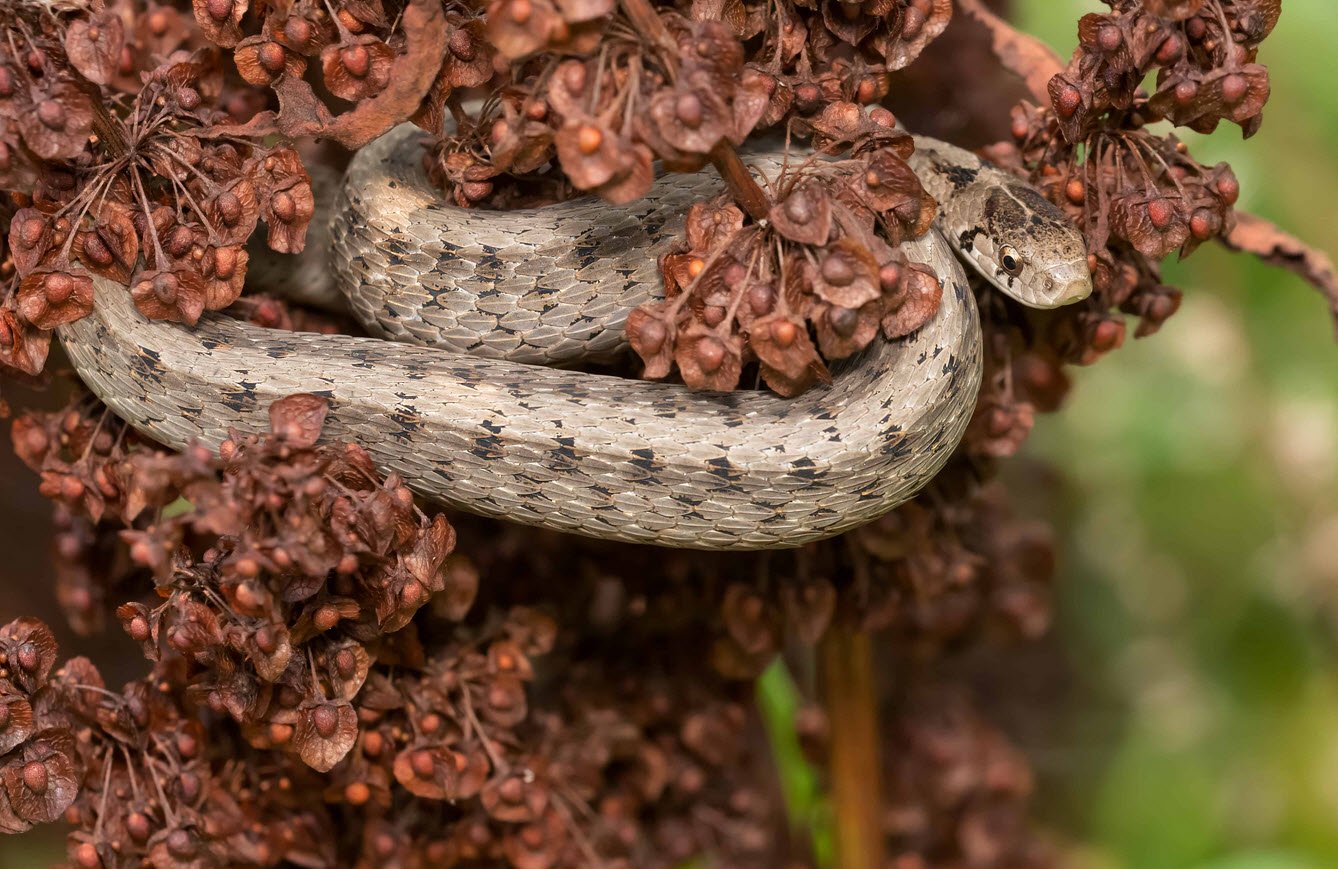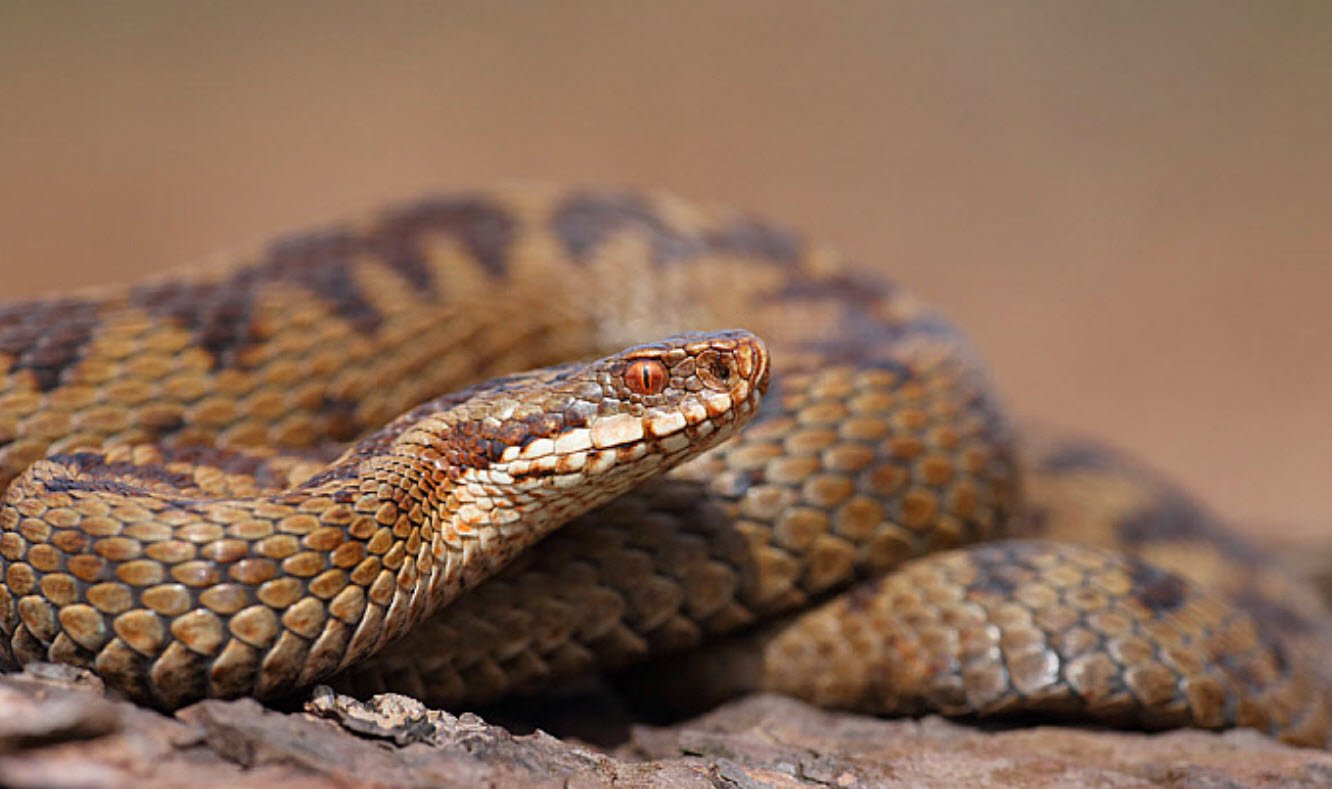
Thinking about adding a snake to your family as a pet? Snakes can make fascinating and low-maintenance pets, but it’s important to understand their behavior, care needs, diet, habitat requirements, and potential health concerns to ensure a happy and healthy life for your scaly companion.
Pet snakes have their own set of behaviors that can be intriguing for snake enthusiasts. Common behaviors include tongue flicking, which helps them gather information about their environment, and yawning, which is not only adorable but also a way for snakes to stretch their muscles. Handling a snake can also be an enjoyable experience, as they can be docile and even playful.
Snakes are generally active pets, but their activity levels may vary depending on the species and individual personality. Some snakes are more active during the night (nocturnal), while others are active during the day (diurnal). Observing your pet snake’s behavior daily can help you understand their preferences and habits.
What Type of Care is Needed?
Caring for a pet snake is more straightforward than many people might assume. Once you have set up the terrarium (a glass enclosure for reptiles), the primary concern becomes their diet. Snakes are generally low-maintenance and can be considered hands-off pets, meaning they require less interaction compared to some other pets.
What Are They Going to Eat?
Feeding snakes is often viewed as the most challenging aspect of pet ownership. Snakes are carnivorous and typically eat whole dead animals, such as mice or rats. The size of the prey should match the size of the snake’s body. It’s essential to feed your snake whole prey to activate their digestive process properly. Although feedings are not as frequent as with some other pets, it’s crucial to maintain a consistent feeding schedule.
What Does Your Enclosure Need?
Creating a suitable habitat for your pet snake is crucial to their well-being. Here are some key components for a snake habitat:
- Temperature Regulation: Snakes are ectothermic, meaning they rely on external heat sources to regulate their body temperature. Ensure the enclosure has a warm side and a cooler side, allowing the snake to move between them to regulate its body temperature.
- Proper Size for Growth: Choose an enclosure that accommodates your snake’s size and allows for growth. Snakes should have enough space to move, stretch, and explore comfortably.
- Humidity Monitoring: Maintaining the right humidity level is vital for your snake’s health, shedding, and overall well-being. Research the specific humidity needs of your snake species and invest in a hygrometer to monitor levels.
- Substrate: Choose a suitable substrate (bedding) for the enclosure, ensuring it is safe, comfortable, and easy to clean.
- Hides and Climbing Opportunities: Provide hides (shelters) and climbing opportunities in the habitat to mimic the snake’s natural environment and reduce stress.
In Sickness and in Health
Pet snakes can live reasonably long lives depending on the species, with lifespans typically ranging from 5 to 30 years or more. Maintaining a healthy habitat and proper care significantly contributes to their longevity. Common health issues in pet snakes include mouth rot, skin/body health problems, respiratory infections, and mites. Regular check-ups with a reptile-savvy veterinarian can help monitor and maintain your snake’s health.
In conclusion, owning a pet snake can be a rewarding experience, provided you understand and meet their specific needs. From observing their intriguing behaviors to providing the right diet, habitat, and health care, ensuring a happy and healthy life for your pet snake can be a fulfilling journey into the world of reptile companionship.









This Post Has One Comment